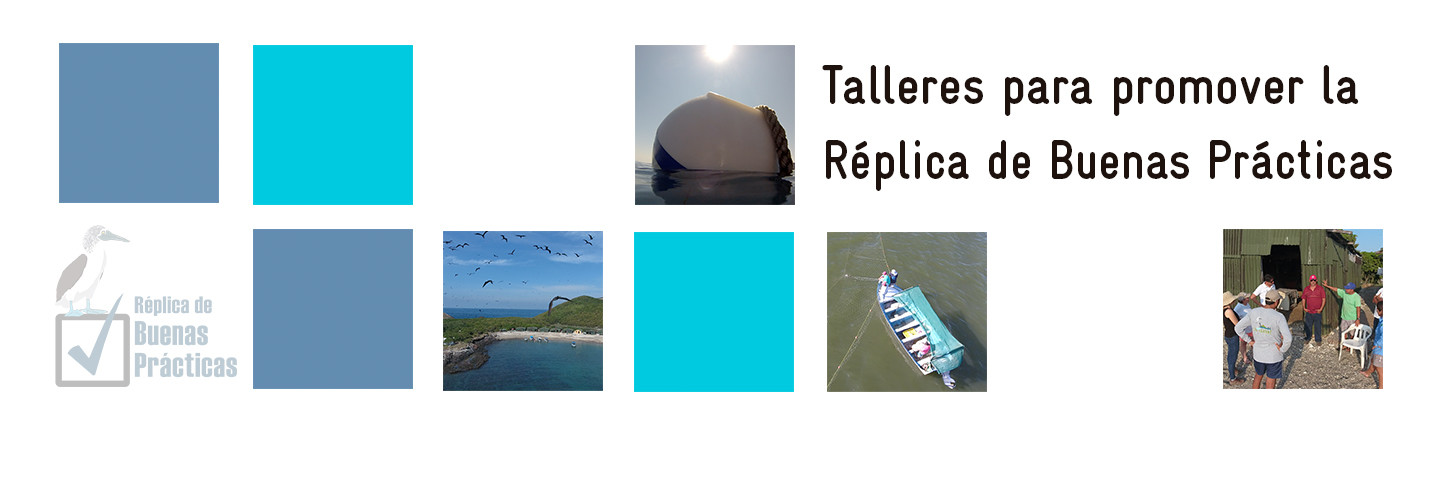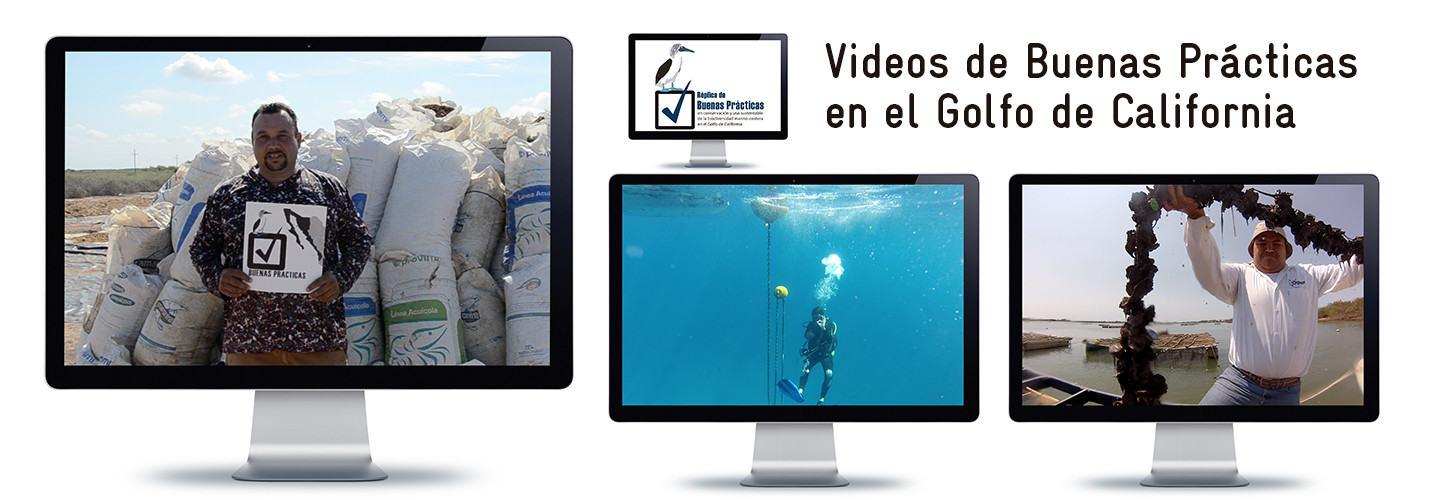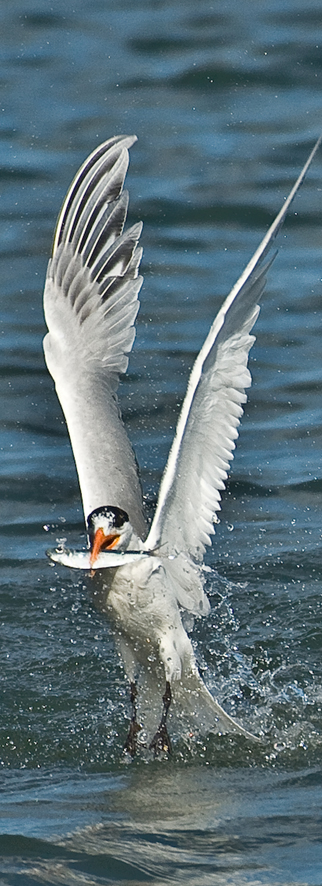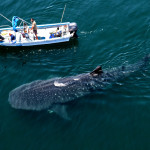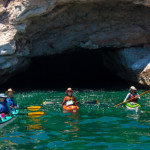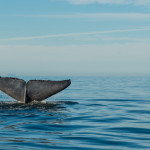Replicating best practices of biodiversity conservation and sustainable use of marine and coastal resources
Strategy In recent years, institutions from different levels of government, in particular CONANP private foundations, civil-society organizations and universities have supported, promoted and implemented different strategies, projects and actions for the conservation of biodiversity and the sustainable use of marine and coastal resources in the Gulf of California. Many of these initiatives have not been documented and even fewer have been replicated. For this reason, BioMar will address the need to document, disseminate and replicate the best practices identified in these initiatives. Expected Results With the support of various players, especially that of local communities, BioMar seeks to replicate best practices that have been identified and documented in the Gulf of California. The aim is to encourage the implementation of new conservation and sustainable use initiatives and/or identify the success factors of best practices that could improve existing initiatives. The overall purpose is to promote the creation of new public and private conservation areas and sustainable commercial initiatives. In addition, the activities are expected to increase the appreciation for nature and the participation of communities in decision-making involving natural resources in the PAs, as well as to encourage the creation of new environmental public policies. These strategies will contribute to improving the health of biodiversity in this important world heritage site.
Areas of Work
- Document best practices in PAs and their areas of influence in the Gulf of California. Best practices will be documented from the following topics: establishment and effective management of marine and coastal PAs; private and social conservation, sustainable artisanal and industrial fisheries; sustainable commercial initiatives; sustainable tourism; implementation of environmental public policy that includes private or social participation; governance; environmental education, capacity-building and awareness-raising.
- Select best practices with potential for replication. The PAs staff and key players leading the best practices identified will participate in this phase to select which practices are feasible for replication.
- Replicate best practices. The best practices with highest potential for replication based on their geographic and socioeconomic contexts will be replicated.








